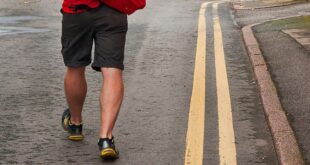They draw you in from a distance, promising sheer aesthetic pleasure: pastel tutus, pretty girls. Once you’re there, you look closer. You notice the darkness around the edges; you wonder about the battered foot inside the pointe shoe. Degas’s dancers mesmerise for the same reason as ballet itself.
A new exhibition, Discovering Degas, provides ample opportunities to contemplate the paradoxical beauty of ballet. Opening next week at the Burrell Collection, in Glasgow, it features 23 Degas pieces from the museum’s own collection, as well as 30 works on loan from around the world.
Born to wealthy, conservative parents in 1834, Degas discovered his love for the opera as a child, and began painting scenes from the ballet in 1870. He would remain fascinated by dancers for the rest of his life – sculpting them from wax and clay after his eyesight began to fail. By the time of his death, at the age of 83, about half of Degas’s oeuvre was devoted to ballet.
His paintings bear witness to the quiet, in-between moments: a dancer practising alone at the barre, or lacing up the ribbons on her ankles. Degas was less interested in the glamour of performance than in the dancers’ classroom efforts, their backstage preparations and humdrum waiting in the wings. In paintings such as The Green Ballet Skirt (c 1896), which belongs to the Burrell’s permanent collection, a dancer reclines on a bench, averting her gaze and massaging her foot. The image draws out a poignant contrast between her lovely costume and her weary expression. In A Group of Dancers (c 1898), also on display at the Burrell, three women in tutus huddle in the corner of a studio. Bathed in an unearthly emerald light, they lean in towards each other, slouching and adjusting their hair.
Some of Degas’s paintings portray a tender world of women – some feature ominous figures lurking on the peripheries. Men in dark suits and top hats skulk in the wings, their faces obscured by shadows. Ballet masters, always male, dominate the classroom, wooden sticks in hand.
Source link



